Chaffinch
Fringilla coelebs (Linnaeus, 1758)
CH
 CHAFF
CHAFF  16360
16360

Family: Passeriformes > Fringillidae
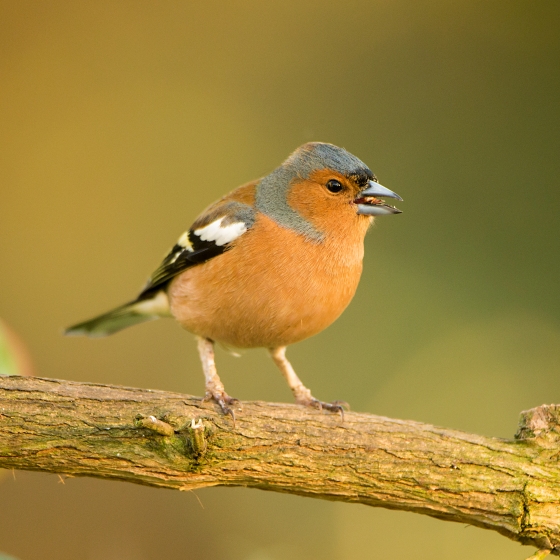
One of Britain & Ireland's commonest birds, the Chaffinch was recorded across 94% of the UK during the Bird Atlas 2007-11. It is mainly found in gardens and woodlands.
Chaffinches are present all year in Britain & Ireland. The male’s pink, chestnut and blue-grey plumage with bright white wing bars make this species an attractive finch. The female is less colourful. Chaffinches are often seen at garden bird feeders and the species' distinctive song, descending the scale and ending with a flourish, can be heard in any suitable habitat throughout the breeding season.
UK Chaffinch breeding numbers increased by about a third between about 1970 and 2010, before falling sharply. BTO research has linked this decline to the disease Trichomonosis. In winter, the population swells with large numbers of migrants arriving from Fennoscandia. Chaffinches can form mixed flocks with other finches, exploiting the wild bird seed field-strips created by environmentally sensitive farming.
Exploring the trends for Chaffinch
Our Trends Explorer will also give you the latest insight into how the UK's Chaffinch population is changing.
trends explorerIdentification
Chaffinch identification is usually straightforward. The following article may help when identifying Chaffinch.
Identifying Chaffinch and Brambling
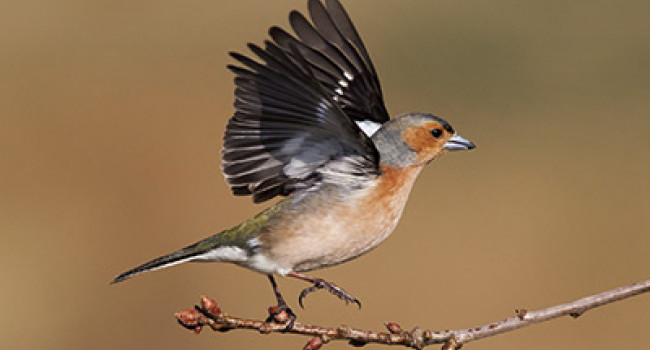
Chaffinch is one of our most common and familiar birds, but young birds and females are harder to identify than the stunning males. In winter, Chaffinches are joined by their northern cousins, Brambling. How can you pick them out in the midst of Chaffinches?
Help fund research into Chaffinch decline
The loss of Chaffinches in the UK requires urgent action now. We have developed a programme of research that will help to pinpoint the drivers of this decline. Find out how you can help.
... read moreSONGS AND CALLS
Listen to example recordings of the main vocalisations of Chaffinch, provided by xeno-canto contributors.
Young call
Call
Song
Develop your bird ID skills with our training courses
Our interactive online courses are a great way to develop your bird identification skills, whether you're new to the hobby or a competent birder looking to hone your abilities.
Browse training coursesStatus and Trends
Population size and trends and patterns of distribution based on BTO surveys and atlases with data collected by BTO volunteers.
CONSERVATION STATUS
This species can be found on the following statutory and conservation listings and schedules.
POPULATION CHANGE
Chaffinch increased rapidly from the early 1970s until 2006, according to CBC/BBS and CES, but numbers seemed to stabilise for a period during the 1990s. The BBS map of change in relative density between 1994-96 and 2007-09 indicates that there were decreases over that period in a band from eastern Northern Ireland across Wales to Devon and Dorset, outweighed by increases elsewhere. However, decreases have occurred across all four countries of the UK since around 2010. Numbers across Europe have been broadly stable since 1980 (PECBMS: PECBMS 2020a>).
| UK breeding population |
-15% decrease (1967–2020) 
|
Exploring the trends for Chaffinch
Our Trends Explorer will also give you the latest insight into how the UK's Chaffinch population is changing.
trends explorerDISTRIBUTION
The Chaffinch is one of the commonest birds in Britain & Ireland and was recorded breeding in 94% of all 10-km squares. It is absent only from parts of the Northern Isles, Outer Hebrides and a few west-coast squares in Ireland. The highest breeding densities in Ireland are found in Ulster, while in Britain they are in the lowlands of south, central and eastern England and on the upland edges in north England and Scotland.
Occupied 10-km squares in UK
| No. occupied in breeding season | 2840 |
| % occupied in breeding season | 94 |
| No. occupied in winter | 2855 |
| % occupied in winter | 95 |
European Distribution Map
European Breeding Bird Atlas 2
Breeding Season Habitats
| Most frequent in |
Coniferous Wood 
|
| Also common in | Scrub, Arable Farmland, Pasture Farmland, Villages, Deciduous Wood |
Relative frequency by habitat
Relative occurrence in different habitat types during the breeding season.

DISTRIBUTION CHANGE
Up to 2007–11 there were only minor changes in distribution. More recently population declines owing to trichomonisis could have caused local losses.
Change in occupied 10-km squares in the UK
| % change in range in breeding season (1968–72 to 2008–11) | +2.8% |
| % change in range in winter (1981–84 to 2007–11) | +4.2% |
SEASONALITY
Chaffinch is recorded throughout the year, most often in spring when singing.

Movement
Information about movement and migration based on online bird portals (e.g. BirdTrack), Ringing schemes and tracking studies.
An overview of year-round movements for the whole of Europe can be seen on the EuroBirdPortal viewer.
RINGING RECOVERIES
View a summary of recoveries in the Online Ringing Report.
Foreign locations of birds ringed or recovered in Britain & Ireland

Biology
Lifecycle and body size information about Chaffinch, including statistics on nesting, eggs and lifespan based on BTO ringing and nest recording data.
PRODUCTIVITY & NESTING
Exploring the trends for Chaffinch
Our Trends Explorer will also give you the latest insight into how the UK's Chaffinch population is changing.
trends explorerSURVIVAL & LONGEVITY
View number ringed each year in the Online Ringing Report
Exploring the trends for Chaffinch
Our Trends Explorer will also give you the latest insight into how the UK's Chaffinch population is changing.
trends explorerBIOMETRICS
Wing Length 
|
Adults | 85±3.8 | Range 79–91mm, N=86590 |
| Juveniles | 83.9±3.4 | Range 79-89mm, N=38754 | |
| Males | 87.6±2.8 | Range 83–92mm, N=46586 | |
| Females | 82.1±2.4 | Range 78–86mm, N=39832 |
Body Weight 
|
Adults | 21.8±3.65 | Range 19.0–25.2g, N=69727 |
| Juveniles | 21.5±3.0458 | Range 18.7–24.5g, N=31248 | |
| Males | 22.6±2.61 | Range 20.0–25.8g, N=37080 | |
| Females | 20.9±4.38 | Range 18.5–23.7g, N=32509 |
Feather measurements and photos on featherbase 
CODES & CLASSIFICATION
Ring size 
|
A |
Field Codes 
|
2-letter: CH | 5-letter code: CHAFF | Euring: 16360 |
For information in another language (where available) click on a linked name
Research
Interpretation and scientific publications about Chaffinch from BTO scientists.
CAUSES AND SOLUTIONS
Causes of change
The drivers behind the long-term increases in the Chaffinch population are unclear, but it is likely that decreases in adult survival have caused the recent downturn. It is possible that the trichomonosis outbreak is responsible, but this is uncertain and the evidence for attributing the decreases to trichomonosis is less strong than that for the closely related Greenfinch.
Further information on causes of change
This relative stability was associated with a reduction in annual survival, which could be density-dependent (Siriwardena et al. 1999). There was also some evidence of improved breeding performance during the early years of population increase, with larger broods, fewer egg-stage nest failures, and more fledglings per breeding attempt, but these trends are now either cancelled out or reversed. Changes in adult survival now seem to be a greater contributor to annual population change (Robinson et al. 2014). The recent downturn has been linked to the widespread and severe outbreak of trichomonosis that began in 2005, being greatest in areas with a high incidence of the disease (Robinson et al. 2010b). However it is still unclear whether trichomonosis is the main driver behind the steeper downturn which began around 2012, or whether there may be other causes (Lawson et al. 2018). A study in Finland suggests that population declines resulting from the disease were less marked there for Chaffinch than for Greenfinch (Lehikoinen et al. 2013).
The trend towards earlier laying is at least partly explained by recent climate change (Crick & Sparks 1999). Chaffinches are well adapted to suburban and garden habitats, as well as to highly fragmented woodland and hedgerows, occurring less in the open-field, arable habitats that have been affected most by agricultural intensification, so it is possible that they have benefited by environmental changes from which other seed-eating passerines have suffered.
Information about conservation actions
As Chaffinch is widespread and has been increasing until recently, no specific conservation actions have been proposed relating to this species. However, actions and policies aimed at helping other farmland species are also likely to benefit Chaffinches. These may include actions aimed at increasing food availability over winter (e.g. overwinter stubbles, wild bird seed or cover mixtures, set-aside, buffer strips or uncultivated margins) and those aimed at improving breeding habitat and food availability during the breeding season (e.g. management of hedgerows and reducing pesticide and herbicide use).
The direct provision of supplementary food in winter, both in gardens and on farmland as part of agri-environment schemes, may also help this species, although the potential benefits may need to be balanced against negative effects through disease transmission. Whether or not the recent population downturn is linked to occurrence of trichomonosis, which has not yet been proven, this disease is known to affect Chaffinches and hence hygiene precautions are important in gardens where food and water is being provided, and stopping feeding should be considered if birds with the disease are observed.
PUBLICATIONS (5)
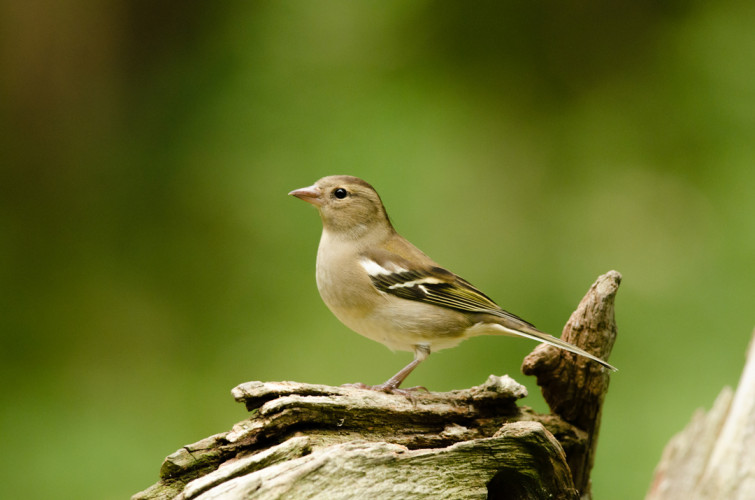
Evolution of female song and duetting in the Chaffinch (Fringilla) species complex

Habitat-use influences severe disease-mediated population declines in two of the most common garden bird species in Great Britain
Is there a garden feeding link to finch decline?
Passerines may be sufficiently plastic to track temperature-mediated shifts in optimum lay date

Spatio-temporal dynamics and aetiology of proliferative leg skin lesions in wild British finches
Garden BirdWatchers allow us to better understand disease in British finches
Weekly reports from BTO Garden BirdWatchers, as well as ad hoc sightings of disease from members of the public to Garden Wildlife Health, have aided our understanding of leg lesions (more commonly referred to as ‘scaly leg’ or ‘tassel foot’) in British finches.
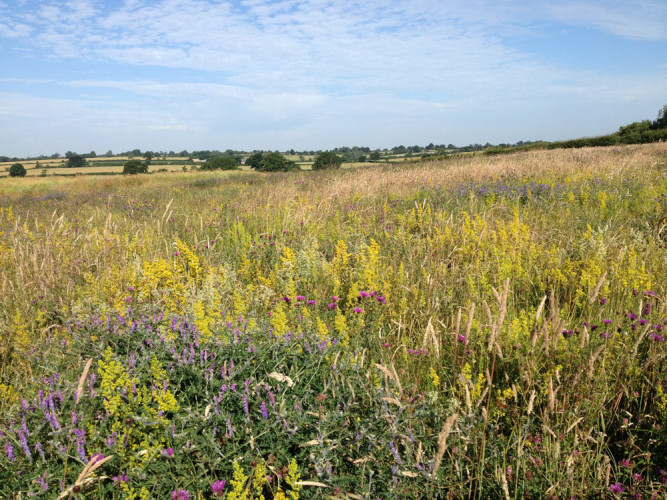
The effects of a decade of agri-environment intervention in a lowland farm landscape on population trends of birds and butterflies
Can agri-environment schemes achieve positive outcomes for nature?
Links to more information from ConservationEvidence.com
Would you like to search for another species?

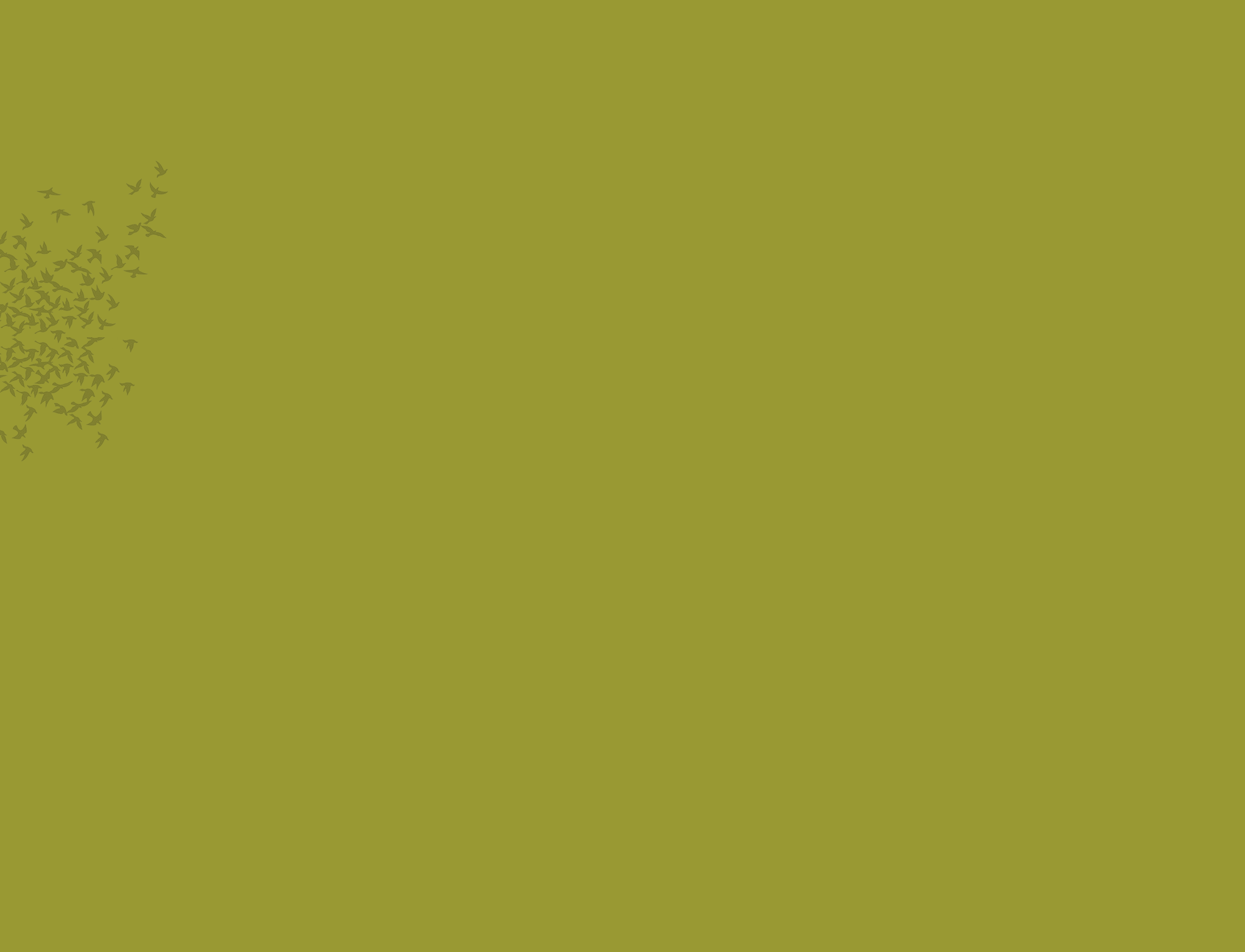






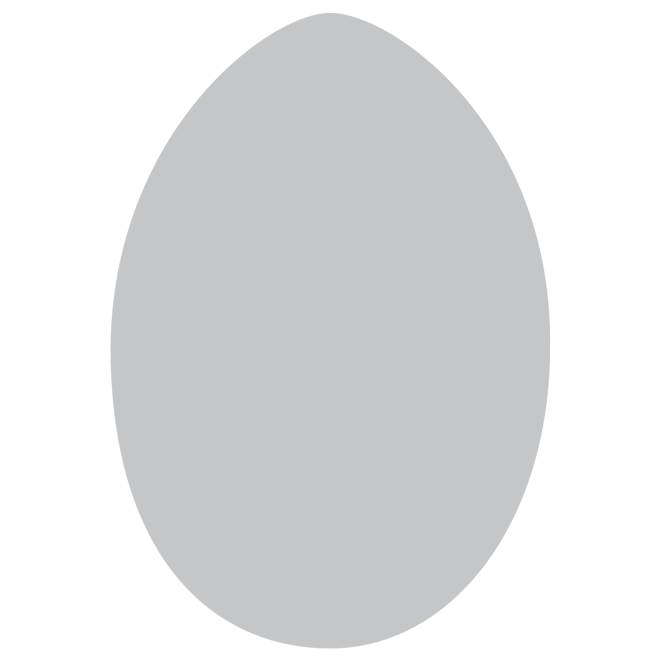




Share this page